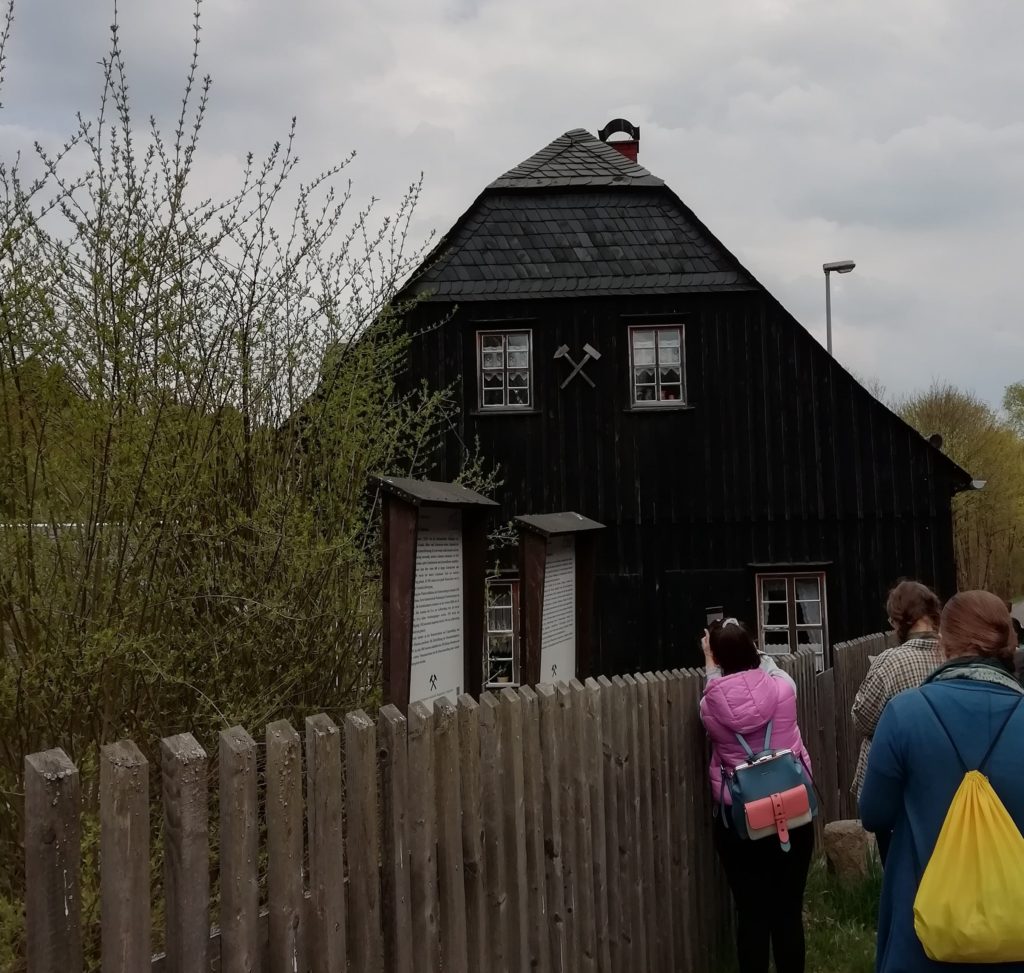Interactive objects of industrial heritage for self-connection
Public places have been considered as places of interaction and exchange in numerous socio-cultural studies, and people have used them as their cultural repertoires. The reciprocal relationship between the public places and the people may influence the image of a place and sense of community by adding different values to it, for those who experience it through passive activities such as reading, watching, or meeting.
The elements that define a specific public environment such as landmarks, architectural forms or ornamentations, are symbolic interactions for the observers. While for insiders, they help to define crucial connections among history, place and people by communicating shared meanings, for outsiders, they invite self-reflections.
In Kevin Lynch’s benchmark book, The Image of the City, he identifies three different cities – Boston, Jersey City and Los Angeles — and focuses on object-observer relations by touching upon the environment, identity, city image and its elements. I will follow a similar approach while simultaneously considering the graphic image of the city, which might be followed through social-media photos taken by diverse user groups. Based on this assumption, I would like to describe the image of Schneeberg in the Erzgebirge (Ore Mountains) based on my observations in public places I have visited. Just before my trip to Schneeberg in the Erzgebirge, I read some basic information, which included the city’s location on the ‘Silver Road’ in the upper western Ore Mountains, its amazing natural potential for outdoor sports and famous mining-based culture in the history. When one searches the city on the internet, the imagery of the city usually consists of natural views, such as beautiful mountains and green-scape elements, stereotypical local architecture characterized by the roof type, outdoor sports activities performed by the tourists, Christmas markets with famous handmade wooden nutcrackers and the hammer as a symbol on many elements, as well as public ceremonies associated with mining by the inhabitants in traditional miners’ uniforms.



The Ore Carts as Landmarks
Apart from these images of Schneeberg, I have noticed that the ore carts represent an important communicative tool in public places in the city. I found them to be one of the dominant elements, providing a connection to the city’s mining history by using them in the contemporary image of the city. Meanwhile, they are a part of the industrial archaeology to be preserved and they should be perceived as a collective identity by the inhabitants by reminding them of their collective memory of industry.

Ore carts and historical industrial equipment are the semiotic objects that provide the communication between the observer and the place by stimulating the outsiders to learn more about the local culture, while they invite the insiders to remember their past. They draw attention to historical points; in some cases, they are used as a sign where the entrances to the underground mining world once existed, for the others they are used to represent industrial and technological development by highlighting an industrial site.

Interactive objects and self-connection
While you have a walk within the city and surrounding area and you see them, you can stop and most probably you will find historical information about the industrial past of Erzgebirge associated with mining. Moreover, they help to create a self-connection with the city itself. For example, imagine that you are in a summer place where you can see lots of small-scale fishing boats which help you to feel yourself on holiday and relax. The ore carts as landmarks in Schneeberg helped me personally to create a self-connection with the place. They are the symbolic reflections of the industrial past which invite me to learn more about the fascinating historical mining activities and their tangible and intangible elements.
